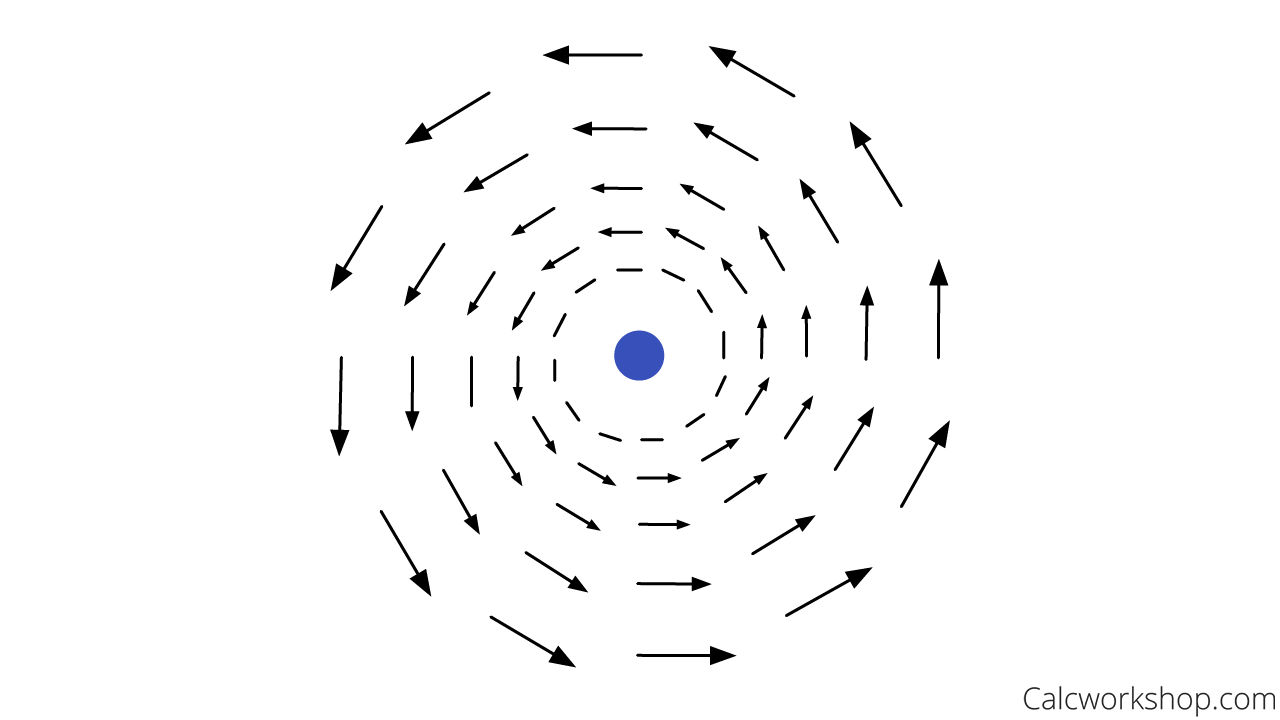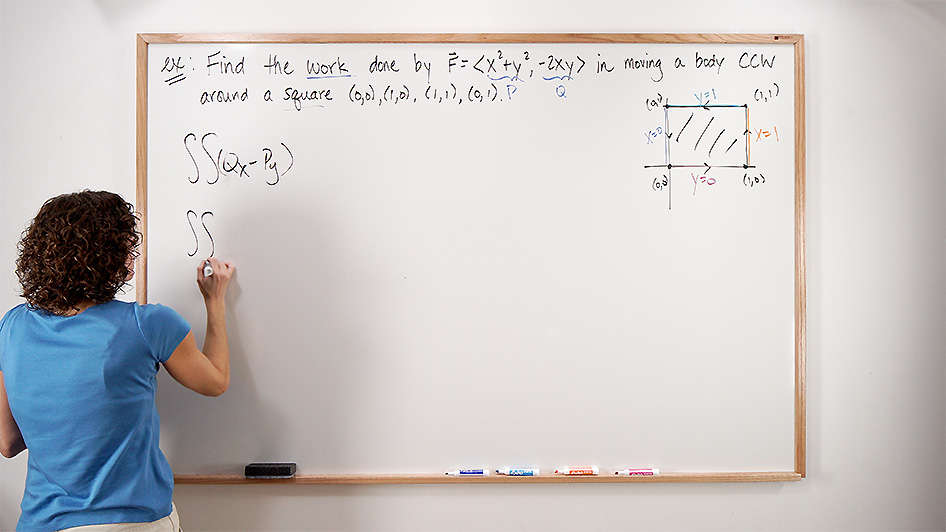What if I told you that washing the dishes will help you better to understand curl and divergence on a vector field?

Jenn, Founder Calcworkshop®, 15+ Years Experience (Licensed & Certified Teacher)
Hang with me…
Imagine you have just finished your meal and you’re bringing all of your dishes to the sink.
What do you do?
You turn on the faucet to let water pour out of the tap, and then you proceed to scrub your dinner plate with a soapy sponge to clean your dishes.
Well, guess what. The water spreading out from the faucet is an example of divergence, and the act of scrubbing is your curl!
The divergence of a vector field measures the fluid flow “out of” or “into” a given point. The curl indicates how much the fluid rotates or spins around a point.
So, when you scrub your dinner plate with a sponge, the soap and water begin to swirl around the plate to make it clean, which is the curl. And the water dispersing out of the faucet and subsequently leaving through the drain is divergence.
Gosh! Math is everywhere, even in the kitchen!
Cool, right?
Curl
Okay, so now that we have a general idea about curl and divergence, let’s define both of these differentiation operators, along with some necessary notation, that will help us to make sense of some essential theorems and properties like Green’s theorem, surface integrals, and Stokes’ theorem.
If
But this formula seems a bit difficult to remember. Thankfully we can simplify things using the nabla operator
If
So, rather than memorizing the formula, we need to remember that curl is found using the cross product!
Properties
Now let’s look at some important properties and theorems for the curl.
- If
- If
- The
- The curl follows the right-hand rule, such that a counterclockwise rotation indicates a positive curl.

Positive Vector Curl
Divergence
Alright, now let’s turn our attention to divergence.
If
And here’s an easy way to remember this formula:
This means that divergence is found using the dot product and yields a scalar field!
Properties
- If
- If
- If
- If
Some Examples
Alright, let’s put these two ideas to work with an example.
Find the curl and divergence of the vector field
First, we will compute the curl using our cross-product formula replacing P, Q, and R from our vector field and taking the respective partial derivatives.
Next, we will compute divergence using our dot product formula, which is the sum of each partial derivative.
And that’s it! Awesome, right?
But there’s more!
Green’s Theorem, An Alternate
The curl and divergence operators allow us to rewrite Green’s theorem in an alternative form.
We will look more closely at these two versions of writing Green’s theorem in our lecture and work through an example to demonstrate its ability to find the work done in moving an object about a curve.
So together, we will learn all about how if the vector represents the velocity of a fluid, the curl of the vector field measures the tendency of an object immersed in that fluid to rotate or swirl around a point. In contrast, the divergence of the vector field measures the tendency for fluid to gather or disperse at a point. And how these two operators help us in representing Green’s theorem.
Let’s get to it!
Video Tutorial w/ Full Lesson & Detailed Examples (Video)

Get access to all the courses and over 450 HD videos with your subscription
Monthly and Yearly Plans Available
Still wondering if CalcWorkshop is right for you?
Take a Tour and find out how a membership can take the struggle out of learning math.